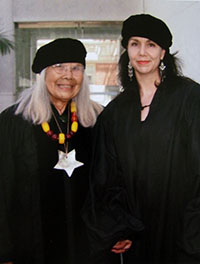Wea culpa. We didn’t learn about Happy #MuseumSelfie day (January 22nd) until it had passed .#MuseumSelfie Day is an idea from Culture
Themes and Mar Dixon aimed to make museums both less haughty and more physical Had we known sooner, we’d have been all in. We’ve been photo op’ing art for years; here’s a selection of our up-close-and-personal art encounters from earlier days. Send us your photo ops and we’ll post them here. Visit The Telegraph online to see this year’s museum selfies from around the world: http://www.telegraph.co.uk/culture/museums/10588960/


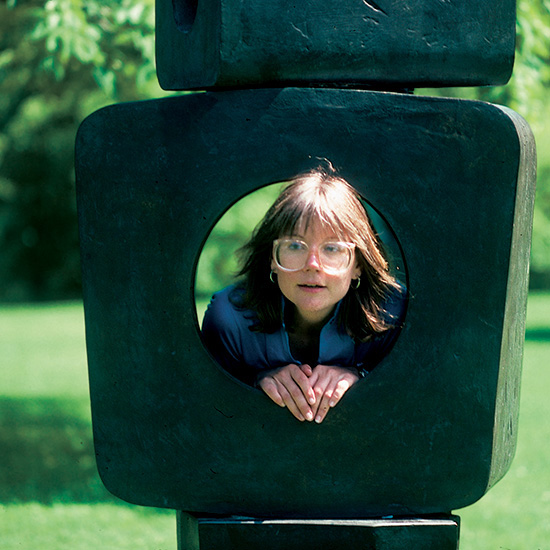
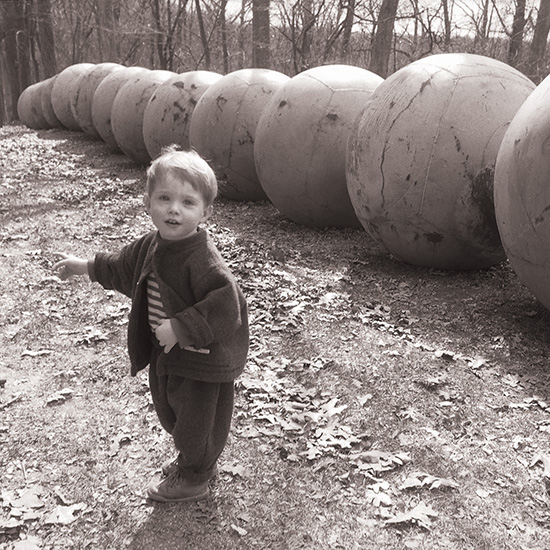
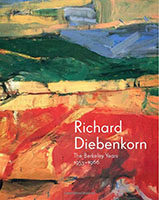

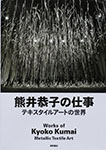
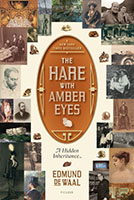

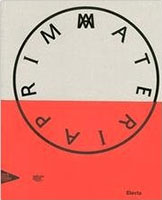
 Randy Walker
Randy Walker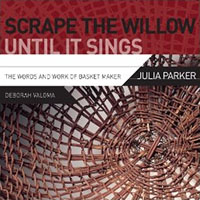 And From
And From 